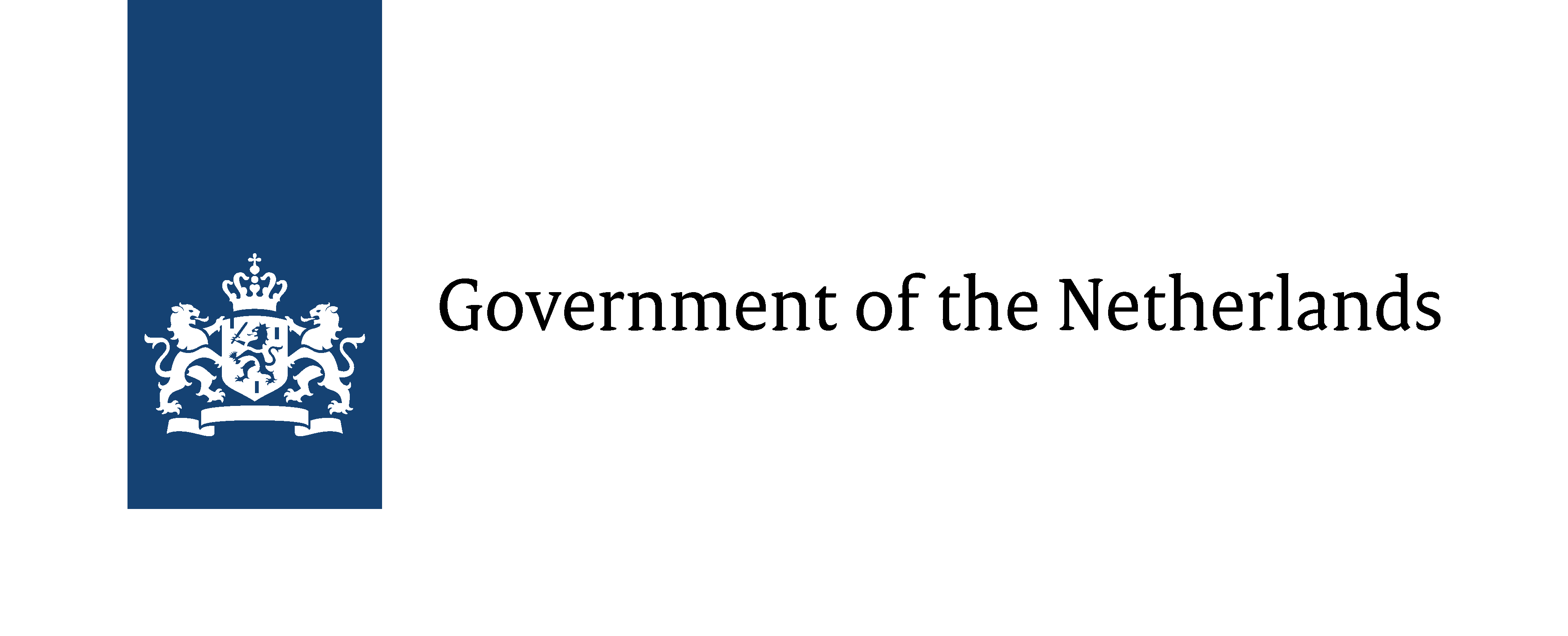
Urban renewal in China is a mechanism established by the central authority, widely adopted and continuously practiced throughout the country. The term derives from the West’s postwar urban renewal experiences, but in China its connotation has totally altered with respect to its purposes as well as intensity. It has transformed into a vehicle for addressing the challenges of globalisation and the demands of the market economy.
The Urban Renewal Policy encourages local authorities to replace outdated facilities with new ones. In doing so, it fuels the land economy by transforming occupied properties into vacant ones and putting them back into the market.
This makes the policy a double-edge sword, providing opportunities for up-to-date architecture and infrastructure and generating vital local development on one hand, while constantly destroying memories and pulling apart established social patterns on the other. The relocation projects following urban renewal initiatives have been the most criticised state actions in the past decade. The decision-making process has not been participatory, and the enforcement of relocation sometimes turns into social confrontation.
The recent trend of bottom-up renewal practices has encouraged the authorities to look for alternatives to the drastic renewal policy. A milder solution is in demand for addressing both the physical and social challenges in the dynamic urbanisation process.

